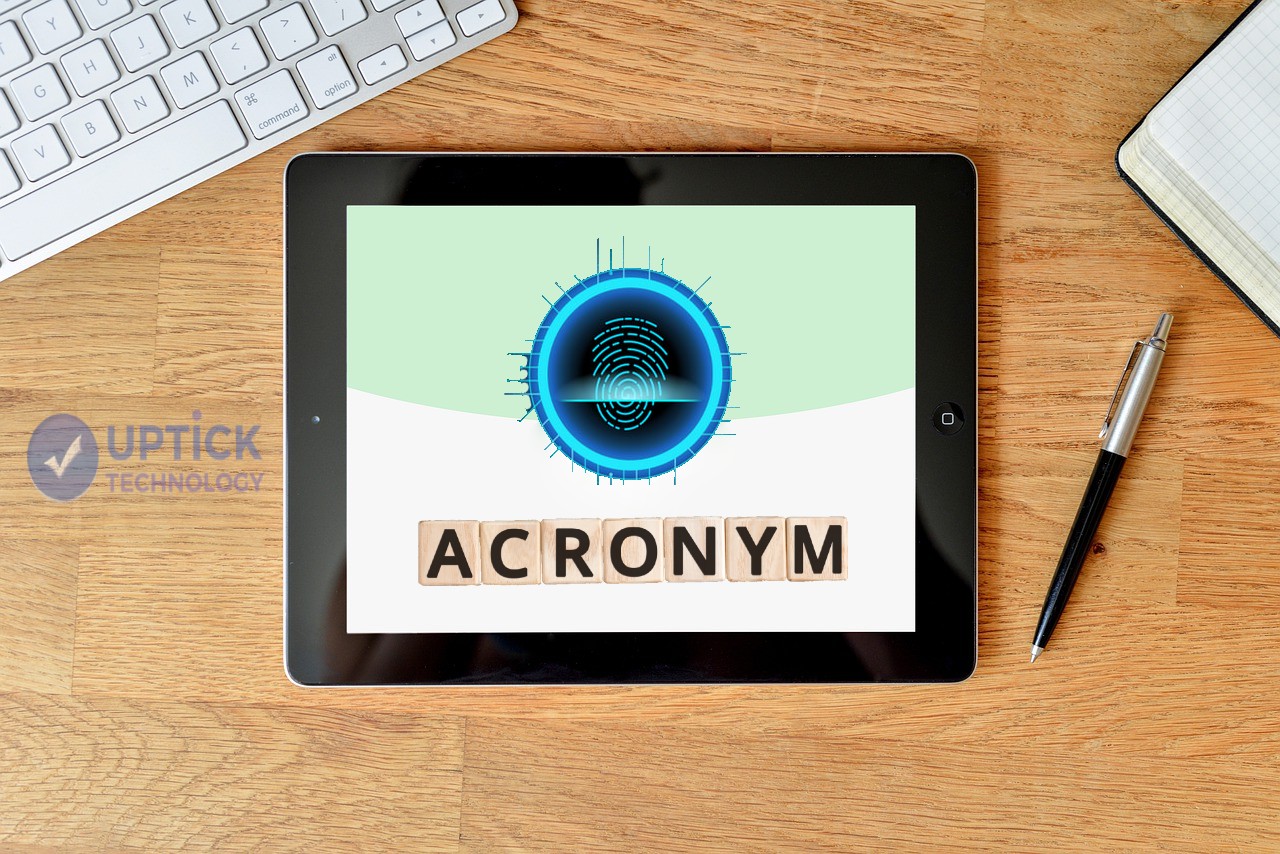Do you wish to learn how to make a good web page? If the answer is a Yes, there are some concepts you’ll need to implore. Designing a web page takes both skills and knowledge. In this article, we will explore one such important idea – Canonical tags. Although they’re not new to the tech industry, they still make an essential component of your web page. Their primary purpose is to get rid of duplicate content, and here’s how they do this:
Table of Contents
What Are Canonical Tags?
Canonical tags use a simple yet consistent format and are at the head section of a webpage. You can’t skip out on using canonical tags as they are essential for your SEO. Search engines don’t respond favorably to duplicate content unless you specify what your dominant page is.
It may have a hard time indexing your pages and ranking them for relevant queries. It also disrupts search engine crawling. Unless the search engine knows a duplicate, it will continue crawling over the same information over multiple pages instead of picking in new content. Search engines crawl over URLS, and canonical tags help them both rank and index your page appropriately.
The Basics of Canonical Tags
You shouldn’t feel intimidated while working with canonical tags. They are pretty straightforward to implement. You will first need to employ canonicalization signals. Which are as follows:
- HTML Tag
- HTTP Header
- Sitemap
- 301 Redirect
- Internal Links
- Using HTML Tags. It is the easiest and simplest method to specify a canonical URL. On any duplicate content, you add your relevant HTML tag into the header. You can even install self-referencing canonical tags to get them to do it for you automatically. This method holds for all websites and webpages. If you still feel unsure how you can do this, don’t worry. There are many ways to go about a Beginner’s Guide to Canonical Tags that you can explore. The only factor you need to keep in mind is telling the search engine how to rate and index your page.
- In HTTP Header. If you’re working with PDFs, you cannot place a canonical tag in the page header because PDFs do not have any head section. So you will need to use an HTTP header to set canonicals. Once again, you’re removing any doubts about the duplicate content and the original content.
- In Sitemaps. When you’re making a sitemap for your webpage that is a layout of what your website contains, your URL should have only canonical tags. The search engine can see the webpages as suggested canonicals. It helps the search engine pick up on what page you consider the most important and how to follow your site map’s flow.
- With 301 Redirects. You use a 301 redirect when you want to divert traffic away from duplicate URLs and the canonical version. This entails there are many ways to search for your website. A user may type ‘www’ and then look up your website or some cases without engaging ‘www’ and directly searching your webpage. Unless you specify that both URLs mean the same, the search engine may treat them as two separate web addresses. So you choose one URL as the canonical and make sure to redirect other URLs there.
- Through Internal Links. A form of canonicalization signal is how you link one page from another throughout your site. You should consistently link your HTTPS over HTTP URLs and ensure you’re consistent with your linking. It also informs the search engine of your preferred version of the webpage if you continue taking links from there and spread it over your duplicate content.
Also Read: How To Learn AI And Land A Job?
Pitfalls to Avoid
As you work your way through canonical tags, you are bound to make mistakes, and it would help if you know what you could potentially do wrong as you explore this concept. Here are some common mistakes:
- It is blocking The Canonicalized URL. It is an excellent chance to introduce robots.txt. These are simple files that tell the search engine on what webpage not to visit. Often, when you’re assigning URLs to their root folder, you may end up blocking a URL by putting in robots.txt. As a result, the search engine has trouble crawling over the canonical tags, disrupting your indexing.
- You are setting No-Index. Make sure you don’t confuse yourself in the settings and set your canonical tag as no index. The search engine usually prioritizes canonical tags over no-index tags if you happen to put your canonical tag into a no-index tag. However, this is a terrible practice. It would help if you were clear about your instructions. Use 301 redirects if you have a no-index URL so that the search engine lands on the canonical tag instead.
- You are having Multiple Canonical Tags. If you have more than one canonical tag, they will get ignored by the search engine. There’s a reason why many plugins have an overwrite option to make sure there is only one dominant canonical tag. You may encounter a similar problem if you have a canonical with JavaScript. If you’re choosing to work with JavaScript, make sure you don’t have a canonical URL in HTML, or else this may confuse the search engine.
Wrap Up
You need to understand the fundamentals of a canonical tag. As a web page designer, you want a top SEO rating without compromising on your quality. Sometimes, this task might be too hard to do yourself, so you might consider going with one of the best website design companies in Chicago that can help you properly set up your website, as well as canonicals on your website. A canonical tag helps you achieve that endeavor. Make sure you implement your canonical tags in either HTML, HTTP. Through a 301 redirect, in your sitemap and internal links. They inform the search engine what your authoritative web page is and the duplicate content to get a good ranking. Finally, make sure you don’t make mistakes such as not being specific with your instructions and not paying attention to your tag’s location.









